Microbial Content Test Agar*(Soyabean Casein Digest Agar W/Lecithin and Polysorbate 80)(Tryptone Soya Agar W/Lecithin and Polysorbate 80/Tween 80)
Pack Size: 500gm
Brand: Micro master
Origin: India
Intended Use
Microbial Content Test Agar (DM963) is recommended for determining efficiency of sanitization of containers, equipment surfaces, water miscible cosmetics etc.
Product Summary and Explanation
Microbial Content Test Agar may be employed to establish and monitor cleaning techniques and schedules.(1-4) Collection of “samples” from identical areas before and after treatment with disinfectant yields data useful in evaluating cleaning procedures in environmental sanitation. Tryptone Agar with Lecithin and Polysorbate 80 is recommended for the Aerobic Plate Count (Microbial Limit Test) for water-miscible cosmetic products containing preservatives.(5) Microbial Content Test Agar is used in RODAC (Replicate Organism Detection and Counting) plates(6) for the detection and enumeration of microorganisms present on surfaces of sanitary importance.(7,8) The presence and number of microorganisms on a flat impervious surface is determined by the appearance of colonies on the surface of the medium following application to the test surface and incubation.(9-10)
The RODAC plate has a marked grid to facilitate counting organisms. The RODAC SL (Secure Lid) has three lugs on the base, providing a tight fit between lid and base to reduce accidental contamination. The 100 × 15 mm and the 150 × 15 mm style plates can be used for active and passive air sampling. These plates are also designed for personnel monitoring of finger tips. After counting the colonies, carry out biochemical testing for identification.(11)
Principles of the Procedure
Microbial Content Test Agar contains casein enzymic hydrolysate and soya peptone which provides nitrogenous compounds and other nutrients essential for microbial metabolism and replication. Lecithin and polysorbate 80 (Tween 80) are neutralizers reported to inactivate residual disinfectants from where the sample is collected.(12) Lecithin neutralizes quaternary ammonium compounds and polysorbate 80 neutralizes phenolic disinfectants, hexachlorophene, formalin and with lecithin ethanol.(13) Sodium chloride helps to maintain the osmotic balance of the medium.
Formula / Liter
| Ingredients | : Gms / Liter |
| Part A | |
| Casein enzymic hydrolysate | : 15.00 |
| Soya Peptone | : 5.00 |
| Sodium chloride | : 5.00 |
| Lecithin | : 0.70 |
| Agar | : 15.00 |
| Part B | |
| Polysorbate 80 (Tween 80) | : 5.00 |
| Final pH: 7.3 ± 0.2 at 25°C | |
| Formula may be adjusted and/or supplemented as required to meet performance specifications | |
Precautions
1. For Laboratory Use only.
2. IRRITANT. Irritating to eyes, respiratory system, and skin.
Directions
1. Suspend 40.7 grams of part A and 5 grams of Part B in the medium in one liter of distilled water.
2. Heat to boiling, to dissolve the medium completely.
3. Autoclave at 12 to 15 lbs pressure (118 – 121°C) for 15 minutes/ validated cycle.
4. Cool to 45-50°C. Mix well and pour into sterile Petri plates.
Quality Control Specifications
| Dehydrated Appearance | : Part A | : Cream to yellow homogeneous free flowing powder |
| : Part B | : Yellow colored solution | |
| Prepared Medium | : Light yellow to medium amber coloured clear to slightlyopalescent gel forms in Petri plates (Part A+ Part B) | |
| Reaction of 4.57% Solution | : pH: 7.3 ± 0.2 at 25°C | |
| Gel Strength | : Firm, comparable with 1.5% Agar gel | |
Cultural Response
Growth Promotion was observed after an incubation at 30-35°C for 18-24 hours for bacteria and for fungus <=5 days.
Recovery rate
Recovery rate is considered 100% for bacterial growth on Blood Agar and fungal growth on Sabouraud Dextrose Agar.
Growth promoting properties
Growth of microorganism comparable to that previously obtained with previously tested and approved lot of medium occurs at the specified temperature for not more than the shortest period of time specified inoculating <=100 cfu (at 30-35°C for 18 hours).
Sterility Test
Expected Cultural Response: Cultural characteristics observed after an incubation at 35-37oc for 18-24 hours.
| Sr. No. |
Organisms | Results to be achieved | |||||
| Inoculum (CFU) |
Growth | Observed Lot value (CFU) |
Recovery | Incubation temperature |
Incubation period |
||
| 1. | Bacillus subtilis ATCC 6633 |
50-100 | good- luxuriant |
35-100 | >=70% | 30-35°C | 18-24 hrs |
| 2. | Staphylococcus aureus ATCC 25923 |
50-100 | good- luxuriant |
35-100 | >=70% | 30-35°C | 18-24 hrs |
| 3. | Staphylococcus aureus ATCC 6538 |
50-100 | good- luxuriant |
35-100 | >=70% | 30-35°C | 18-24 hrs |
| 4. | Escherichia coli ATCC 25922 |
50-100 | good- luxuriant |
35-100 | >=70% | 30-35°C | 18-24 hrs |
| 5. | Escherichia coli ATCC 8739 |
50-100 | good- luxuriant |
35-100 | >=70% | 30-35°C | 18-24 hrs |
| 6. | Escherichia coli NCTC 9002 |
50-100 | good- luxuriant |
35-100 | >=70% | 30-35°C | 18-24 hrs |
| 7. | Pseudomonas aeruginosa ATCC 27853 |
50-100 | good- luxuriant |
35-100 | >=70% | 30-35°C | 18-24 hrs |
| 8. | Pseudomonas aeruginosa ATCC 9027 |
50-100 | good- luxuriant |
35-100 | >=70% | 30-35°C | 18-24 hrs |
| 9. | Salmonella abony NCTC 6017 |
50-100 | good- luxuriant |
35-100 | >=70% | 30-35°C | 18-24 hrs |
| 10. | Micrococcus luteus ATCC 9341 |
50-100 | good- luxuriant |
35-100 | >=70% | 30-35°C | 18-24 hrs |
| 11. | Streptococcus pneumoniae ATCC 6305 |
50-100 | good- luxuriant |
35-100 | >=70% | 30-35°C | 18-24 hrs |
| 12. | Salmonella typhimurium ATCC 14028 |
50-100 | good- luxuriant |
35-100 | >=70% | 30-35°C | 18-24 hrs |
| 13. | Candida albicans ATCC 10231 |
50-100 | good- luxuriant |
35-100 | >=70% | 20-25°C | <=5 d |
| 14. | Candida albicans ATCC 2091 |
50-100 | good- luxuriant |
35-100 | >=70% | 20-25°C | <=5 d |
| 15. | Aspergillus brasiliensis ATCC 16404 |
50-100 | good- luxuriant |
35-100 | 50-70% | 30-35°C | <=5 d |
| 16. | Aspergillus brasiliensis ATCC 16404 |
50-100 | good- luxuriant |
35-100 | >=70% | 20-25°C | <=5 d |
| 17. | Candida albicans ATCC 10231 |
50-100 | good- luxuriant |
35-100 | 50-70% | 30-35°C | <=5 d |
| 18. | Candida albicans ATCC 2091 |
50-100 | good- luxuriant |
25-70 | 50-70% | 30-35°C | <=5 d |
The organisms listed are the minimum that should be used for quality control testing.
Test Procedure
Refer appropriate references for specific test procedures.
100 × 15 mm and 150 × 15 mm-Style Plates
1. For specimen is being cultured from a swab, roll the swab directly on the medium surface.
2. Incubate all plates at 35-37°C for 48 hours, and 25°C for 7 days or as required.
3. After completion of incubation count the colonies.
RODAC / Contact Plates
1. Selected surfaces are sampled by firmly pressing the agar medium against the test area. Hold the plate with thumb and second finger and use index finger to press plate bottom firmly against surface. Pressure should be the same for every sample.
2. Do not move plate laterally; this spreads contaminants over the agar surface making resolution of colonies difficult. Slightly curved surfaces may be sampled with a rolling motion.
3. Areas (walls, floors, etc.) to be assayed may be divided into sections or grids and samples taken from specific points within the grid.
Grid method:
1. Subdivide surface (floor or wall) into 36 equal squares per 100 square feet of area by striking five equidistant dividing lines from each of the two adjacent sides.
2. These dividing lines intersect at twenty-five points.
3. Number these intersections consecutively in a serpentine configuration.
4. Use red numerals for odd numbers, black numerals for even numbers.
5. Omit number 13 which falls in the centre of the total area.
6. Sample odd points at one sampling period, even points at the next sampling period.
7. For areas greater than 100 square feet, extend grid to include entire area.
8. For areas smaller than 25 square feet, divide the areas into twenty-five equal squares (sixteen intersections). Sample eight even-numbered or odd-numbered intersections at each sampling period.
9. For areas between 25 and 100 square feet, divide into 36 equal squares as in #1.
10. Mark plates with intersection numbers.
11. Incubate exposed plates at 35-37°C for 48 hours, and 25°C for 7 days or as required.
Results
Refer appropriate references and test procedures for interpretation of results.
1. Count all developing colonies. Because interpretations are relative, each laboratory should establish its own values for what constitutes a clean area.
2. Spreading colonies should be counted as one but care should be taken to observe other distinct colonies intermingled in the growth around the plate periphery or along a hair line. These should also be counted as one colony, as should bi-colored colonies and halo type spreaders.
3. It is generally agreed that 200 colonies is the approximate maximum that can be counted on contact plates. Colony counts may be recorded by:
a) Simply keeping individual counts.
b) Number of viable particles per square foot (agar area is 3.97 square inches).
c) Means and standard deviations.
4. Subculture colonies of interest so that positive identification can be made by means of biochemical and/or serological testing.
Storage
Store the sealed bottle containing the dehydrated medium at 10 – 30°C. Once opened and recapped, place container in a low humidity environment at the same storage temperature. Protect from moisture and light.
Expiration
Refer to the expiration date stamped on the container. The dehydrated medium should be discarded if not free flowing, or if the appearance has changed from the original color. Expiry applies to medium in its intact container when stored as directed.
Limitations of the Procedure
1. The effectiveness of preservative neutralization with this medium depends on both the type and concentration of the preservative(s).
2. For identification, organisms must be in pure culture. Morphological, biochemical and/or serological tests should be performed for final identification.
3. Consult appropriate texts for detailed information and recommended procedures.

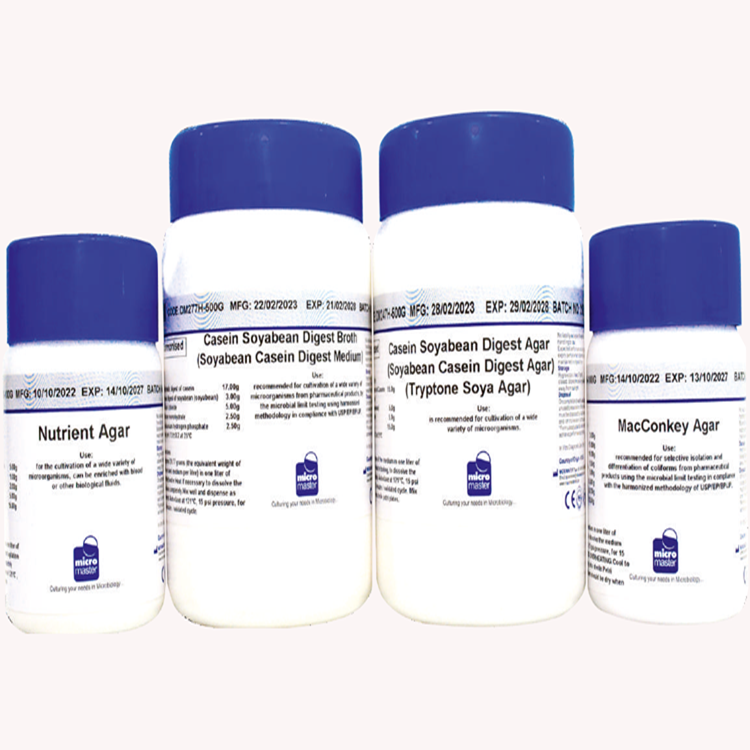

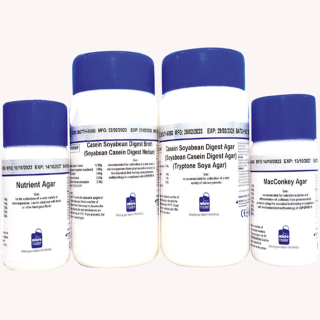

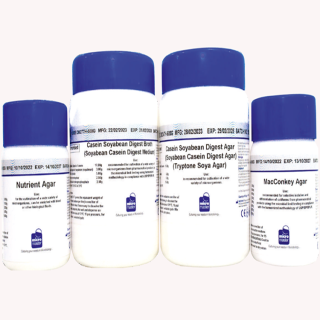
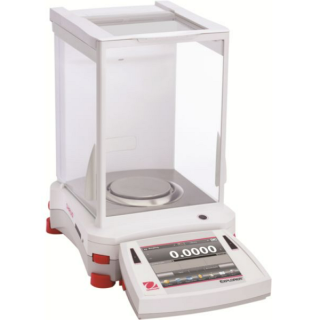
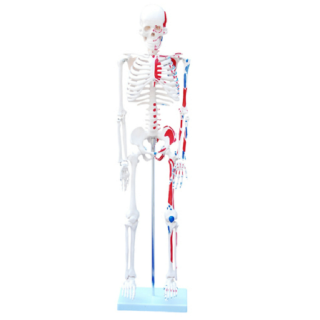
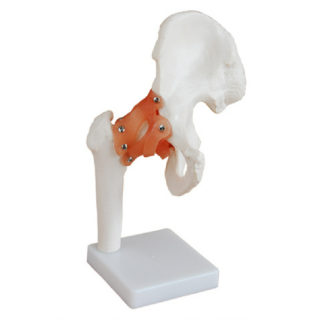
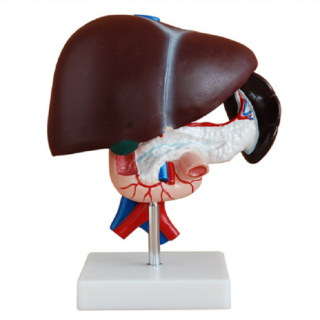
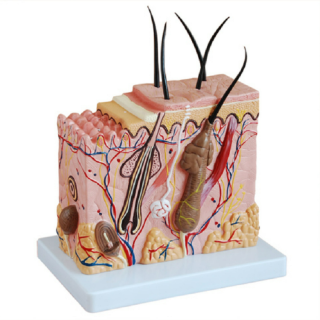
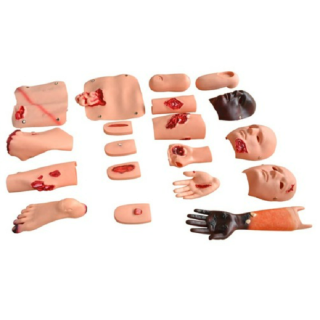
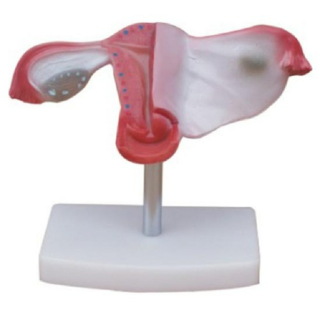
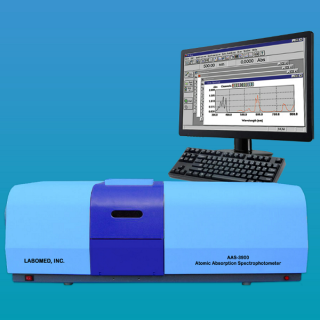
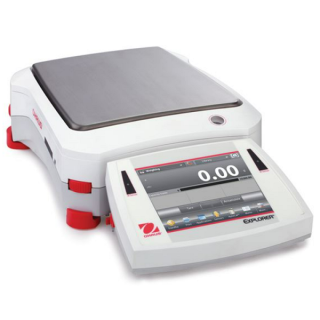

Reviews
There are no reviews yet.